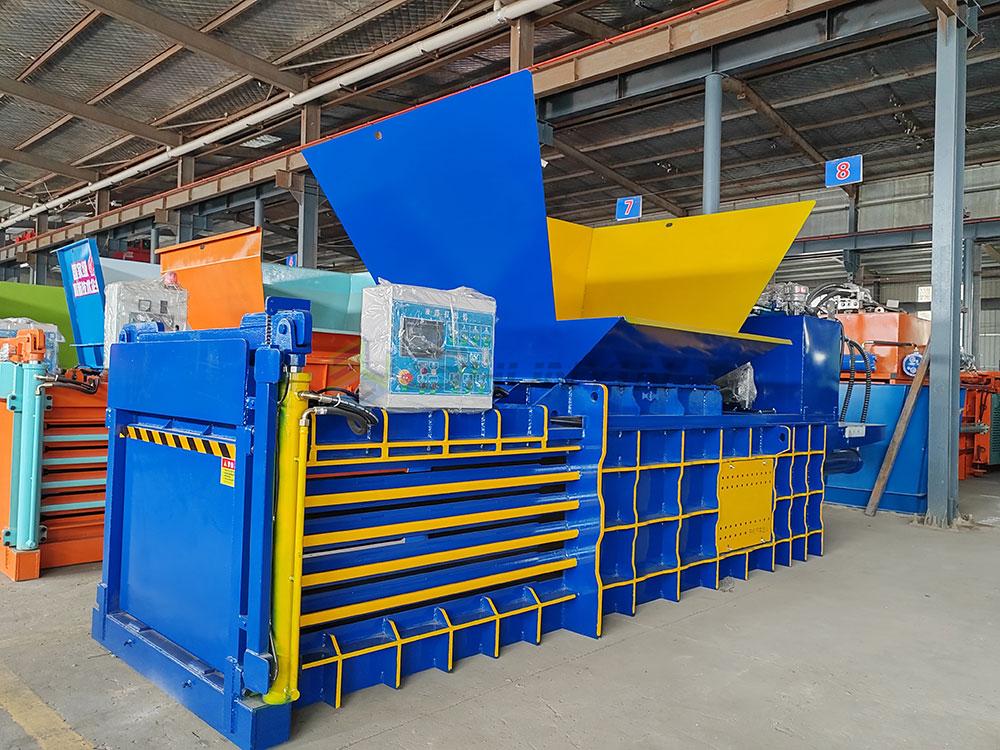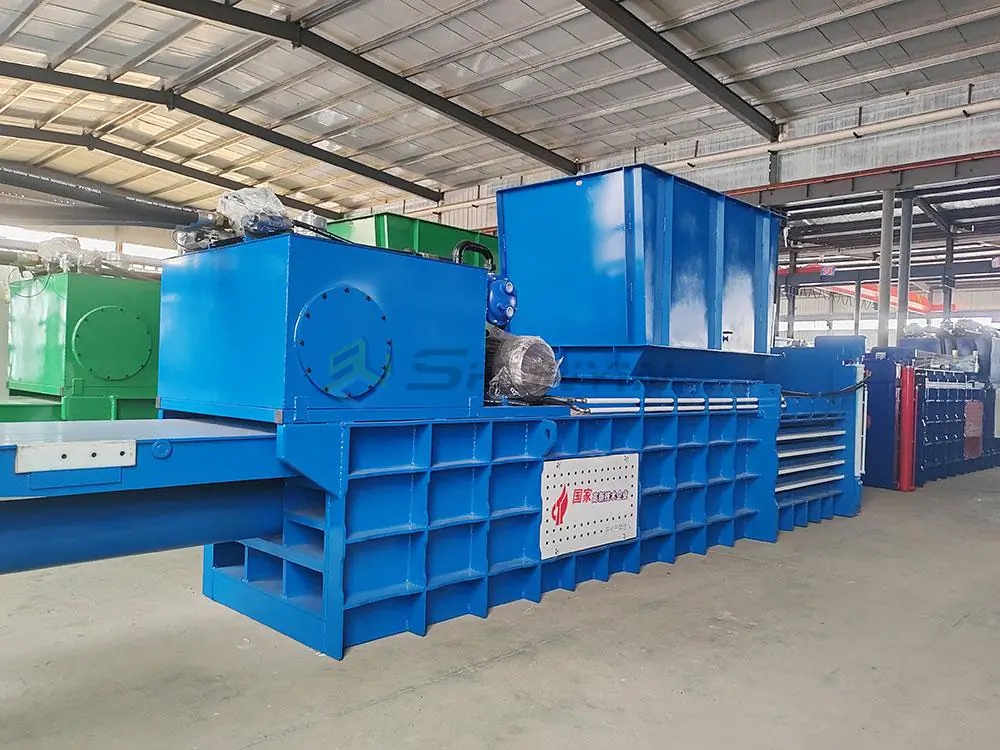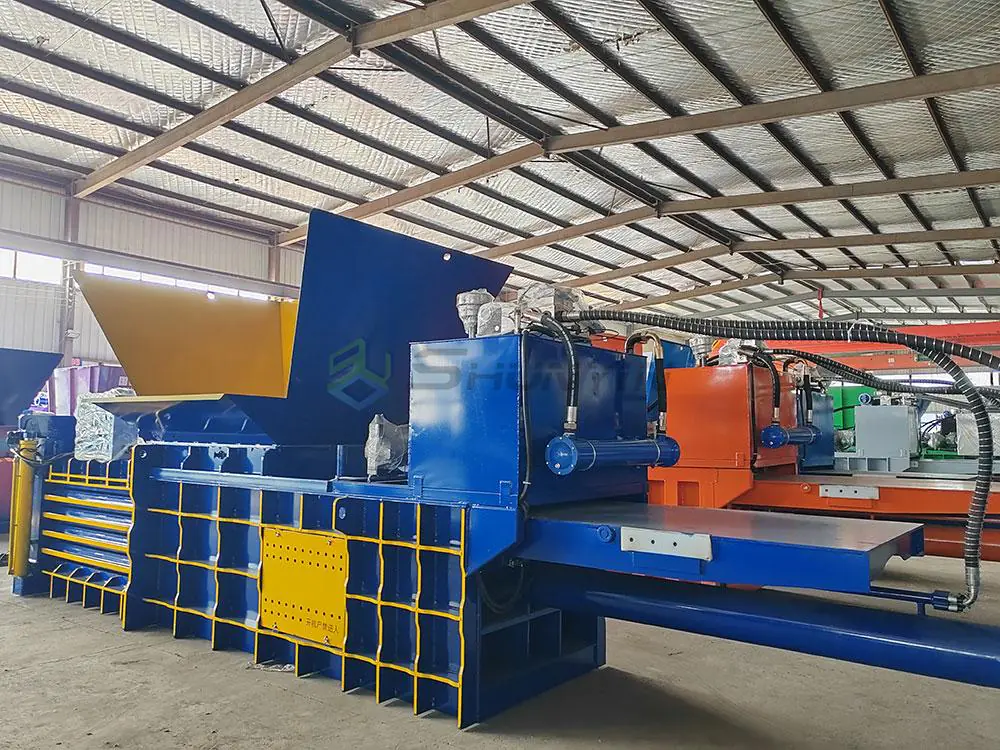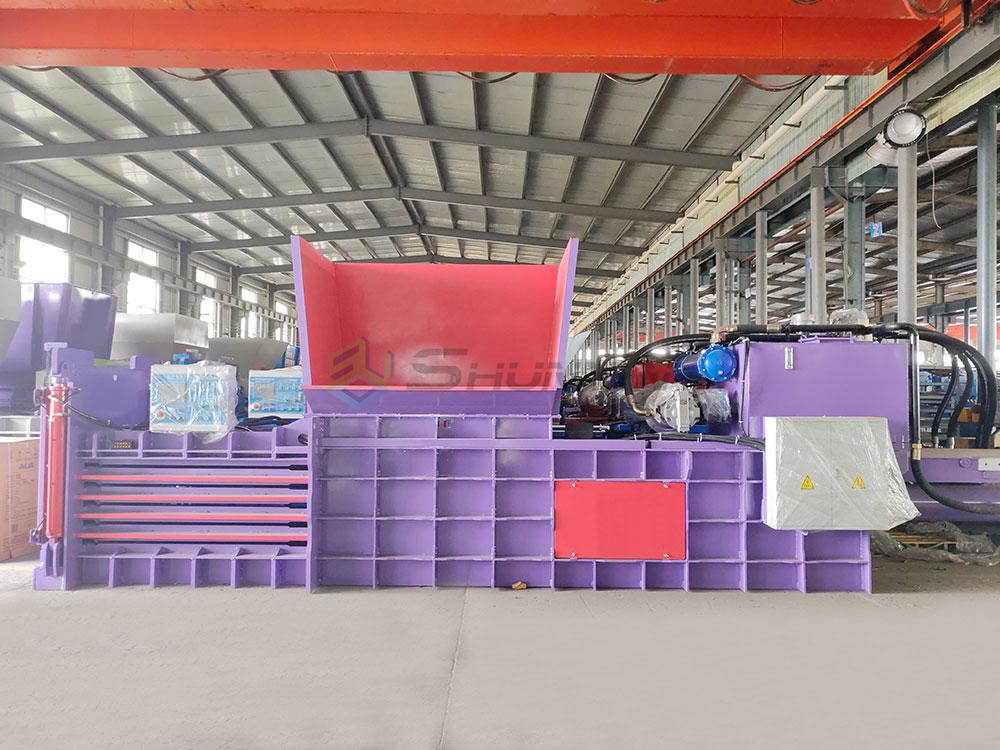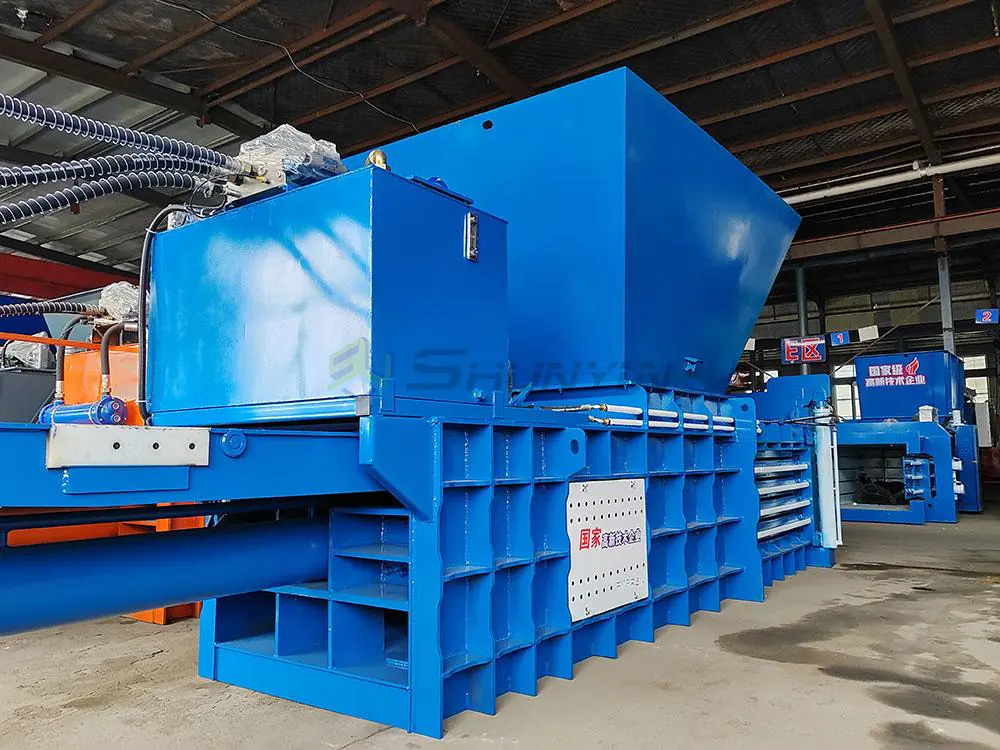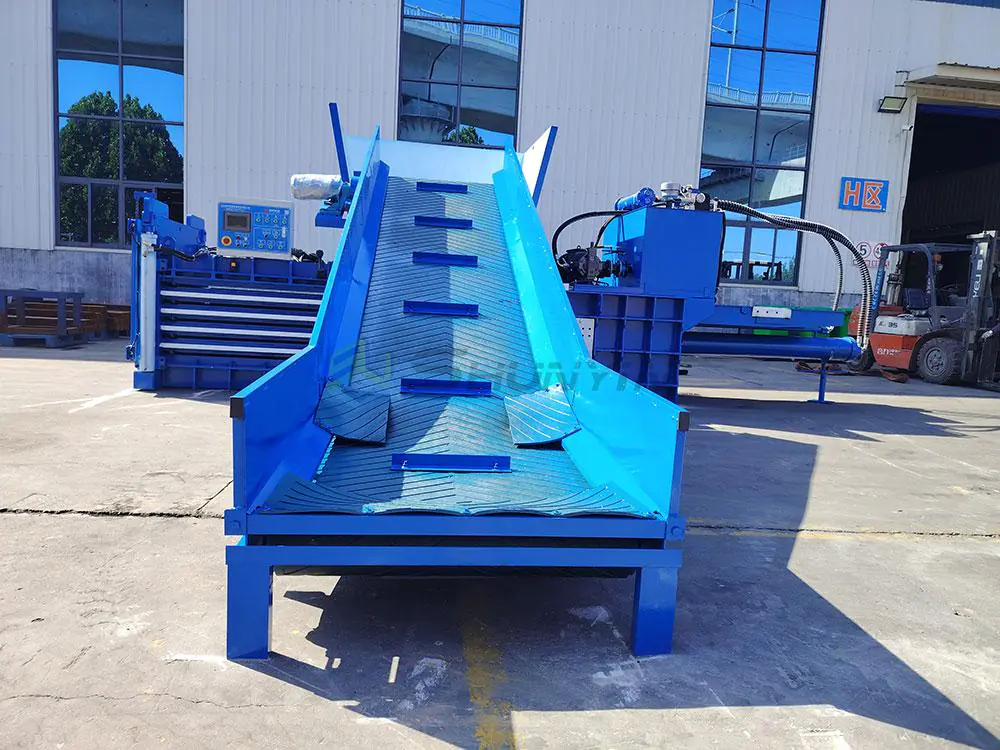
Atlanta’s busiest fulfillment center reduced cardboard waste handling time by 63% after switching to our HTX-7 models. Now their dock workers have time for daily safety huddles – and impromptu breakdancing battles.
Auto-tie horizontal balers slash operational costs 42-59% through:
- 18-23 tons/hour processing speeds
- 91% automated labor reduction
- 83% floor space optimization
- 12-17% higher bale resale values
If you’re still strapping bales by hand, you’re not just losing money – you’re burying it under cardboard mountains. Let’s unearth your hidden profits.
What are the advantages of baling cardboard?
Phoenix warehouse managers eliminated $38,000/year in dumpster fees – their baler now funds staff bonus pools. One operator purchased a boat with his waste profits.
Cardboard baling delivers 4 profit streams:
- Dumpster divorce – 68% less waste pickup frequency
- Space liberation – 340kg/m³ density vs 60kg loose
- Resale romance – $0.11-0.27/lb market rates
- Safety serenity – 89% fewer forklift incidents

Waste Cost Transformation
| Metric | Before Baling | After Baling | Improvement |
|---|---|---|---|
| Monthly Fees | $5,200 | $1,700 | -67% |
| Labor Hours | 182 | 24 | -87% |
| Insurance Claims | 2.1 | 0.3 | -86% |
| Recycling Income | $0 | $3,800 | New revenue |
Secret trick: Spray bales with cinnamon oil – rodents hate it, buyers love the scent. Our Denver client reduced pest issues 94%.
What is the difference between vertical and horizontal balers?
Houston’s beverage distributor swapped vertical balers for horizontal models – their maintenance team went from 5 members to 1 part-timer. Priorities changed.
Key divergence points:
| Vertical Balers | Horizontal Balers | |
|---|---|---|
| Feeding | Top-load manual | Conveyor-fed auto |
| Output (Cardboard) | 0.8-1.5T/h | 3.8-8T/h |
| Labor per Ton | 0.7 hours | 0.08 hours |
| Maintenance Cost/Yr | $4,800 | $1,200 |

The Hidden Battle Royale
| Round | Vertical | Horizontal | Victor |
|---|---|---|---|
| Speed | 1.2T/h | 5.7T/h | 🏅 Auto |
| Injury Rate/1000h | 3.8 | 0.9 | 🏅 Safety |
| Energy Use/Ton | $6.20 | $3.80 | 🏅 Green |
| Bale Uniformity | ±15% | ±3% | 🏅 Quality |
Our models feature collision sensors that detected 1,200 near-misses last year. Workers made "Dodgeball Champion" shirts.
What is the difference between a bailer and a baler?
A Wisconsin distributor misspelled "baler" on purchase orders for 9 years – nearly acquired actual bail bond machinery. Vocabulary matters.
Critical differentiation:
-
Balers
Material compression equipment ($42k-$380k)
Produces recyclable bales
23 subtypes (horizontal/vertical/etc) -
Bailers
Legal bond agents ($200k+ annual fees)
Produces court paperwork
Zero recycling applications

Common Purchasing Pitfalls
| Mistake | Consequences | Prevention Tactics |
|---|---|---|
| Spelling errors | Legal department panic | Auto-correct templates |
| Capacity mismatch | 37% underutilization | Free throughput calculator |
| Maintenance ignorance | 2x lifecycle costs | Included training videos |
| Tying material fails | Bale disintegration | PET strap upgrades |
Our contracts now include "Anti-Bailer Clause" – notarized by lawyers who love puns. Shredders optional.
What are the benefits of a baler?
Chicago’s largest book retailer turned 11 tons/month of ripped boxes into $6,200 profit – their CFO framed the first "golden bale."
Beyond profits, balers deliver:
- Workforce empowerment (Automate drudgery)
- Carbon reduction (17T CO2/yr saved avg)
- Brand enhancement (Eco-certifications)
- Operational resilience (Continuous flow)

The Sustainability Payoff
| Aspect | Manual Handling | Baler System | Environmental Impact |
|---|---|---|---|
| Emissions/Ton | 18kg CO2 | 7kg CO2 | -61% |
| Landfill Contribution | 93% | 22% | -76% |
| Energy Recovery | 0% | 88% (bale resale) | Full circle |
| Water Usage | 140L/ton (cleanup) | 27L/ton | -81% |
Our balers even track sustainability metrics – one client’s ESG score jumped 38% post-install. Trees applaud.
Conclusion
After converting 419 warehouses into recycling powerhouses, we’ll share this truth: Your cardboard isn’t waste – it’s misplaced currency. Calculate your escape from dumpster fees – first 50 users receive free cardboard density tests ($1,100 value). Still compacting manually? Let’s turn your trash into treasury bonds.


